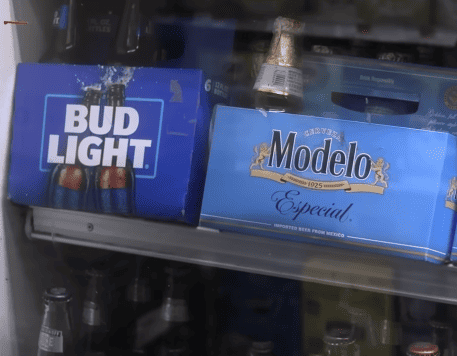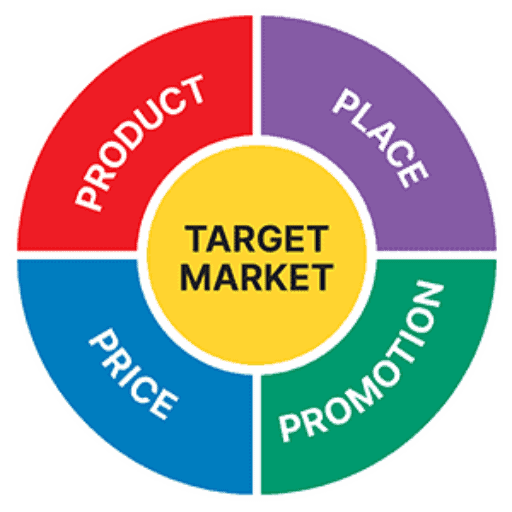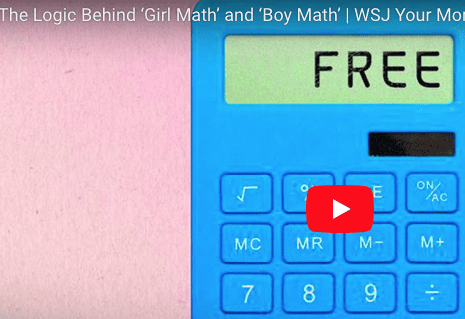What communications close the sale?
In our “Personalized Marketing…” post from a few days ago I referenced the 2024 Global Trends Index from Marigold. This paper reports findings from a…

In our “Personalized Marketing…” post from a few days ago I referenced the 2024 Global Trends Index from Marigold. This paper reports findings from a…

While there are many examples of powerful brands, Liquid Death is powerful, timely, and relevant to the young adults most of us are teaching. The…

We are here to provide you with a few post-Super Bowl thoughts. First, we have a couple of ideas for in-class activities you could use…

Marketing intelligence and research agencies often conduct research and prepare reports on industries or customer segments. Sometimes they post a teaser with little useful information,…

Are you searching for some fun new examples to use in class? Innovation and new products are an important outcome of good marketing. The Time…

In our textbook, we stay away from references and images of alcohol. We know that some instructors prefer not to expose their students to any…

The meal kit industry is challenging. Since building this market in the late 2010s, Blue Apron has struggled to be profitable and was recently sold….

Kids these days. Oh, am I sounding old already. But this story in the Wall Street Journal kind of surprised me (for another article on…

Starting with Steve Jobs, Apple has always been masterful at telling stories to position its brands. In recent years Apple has sought to position its…